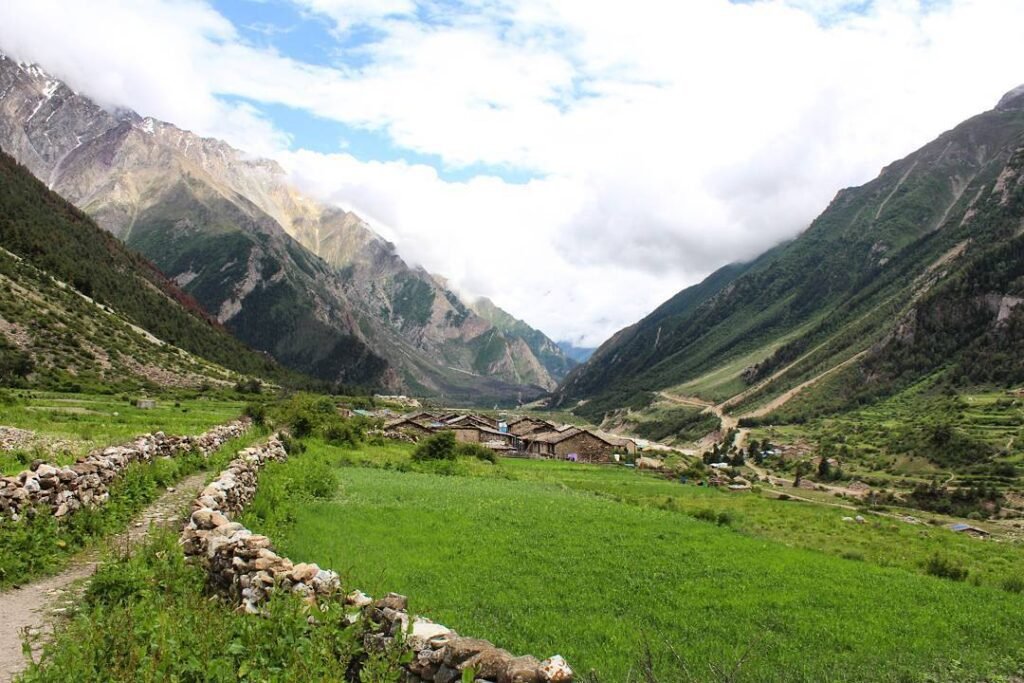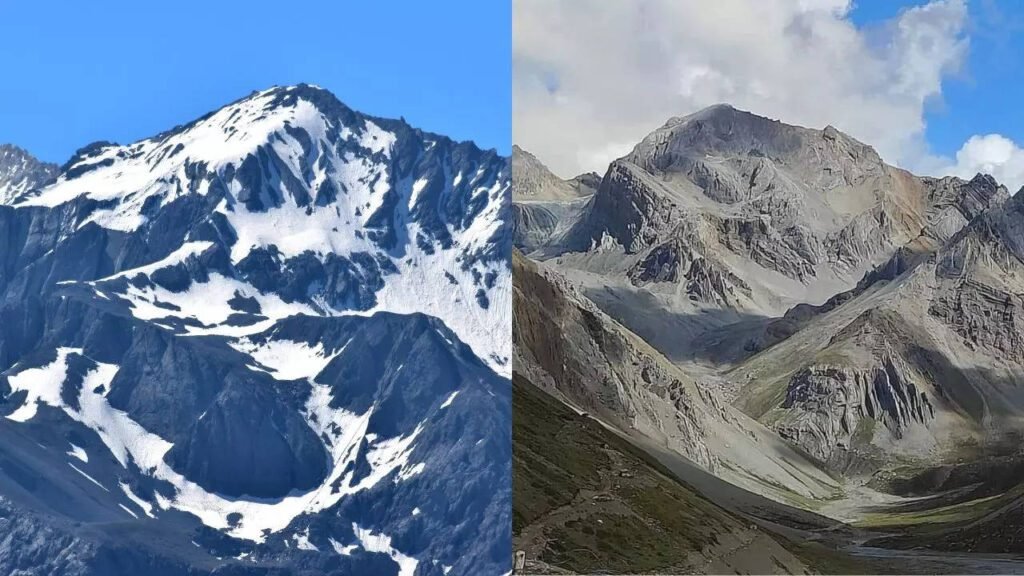
Himalaya Diwas, also known as Himalayan Day, is celebrated annually on September 9th to recognize the significance of the Himalayas and to raise awareness about the conservation of this majestic mountain range. The day is particularly important for the Indian states located in the Himalayan region, as it brings attention to the environmental and ecological challenges faced by the region due to climate change, deforestation, and increasing human activities.
The Importance of Himalaya Diwas
The Himalayas, often referred to as the “Third Pole” due to their vast reserves of snow and ice, play a critical role in regulating the climate of the Indian subcontinent. They are the source of many major rivers such as the Ganges, Brahmaputra, and Yamuna, which are lifelines for millions of people in India and neighboring countries. The Himalayas also support a diverse range of flora and fauna and are home to several indigenous communities who have lived in harmony with nature for centuries.
Himalaya Diwas aims to promote sustainable development in the Himalayan region while ensuring the conservation of its fragile ecosystem. It is a day to reflect on the environmental challenges facing the Himalayas and to advocate for policies and practices that will help protect this vital natural resource.

Theme of Himalaya Diwas 2024
The theme for Himalaya Diwas 2024 is “Climate Change: How It is Affecting the Himalayas.” This theme brings attention to the grave impact of climate change on the Himalayas, one of the most vulnerable ecosystems in the world. The melting glaciers, changing weather patterns, and increasing frequency of natural disasters in the region are stark reminders of the pressing need for urgent climate action. This theme calls for a deeper understanding of the ongoing changes in the Himalayan region and the need for collaborative efforts to mitigate these effects. It emphasizes the importance of sustainable practices and community-driven initiatives to adapt to and combat the impacts of climate change on the Himalayas.

Challenges Faced by the Himalayas
The Himalayas are currently facing numerous environmental challenges that threaten their delicate ecosystem:
- Climate Change: The Himalayan glaciers are receding at an alarming rate due to global warming, leading to a decrease in freshwater resources and increased risk of glacial lake outburst floods (GLOFs).
- Deforestation and Land Degradation: Unsustainable agricultural practices, logging, and development activities have led to deforestation and soil erosion, further aggravating the vulnerability of the region to natural disasters such as landslides.
- Biodiversity Loss: The Himalayas are a biodiversity hotspot, but habitat loss, poaching, and climate change pose significant threats to the region’s unique flora and fauna.
- Unplanned Urbanization and Tourism Pressure: Rapid urbanization and the unregulated growth of tourism have put tremendous pressure on the natural resources of the Himalayas, leading to pollution, waste management issues, and strain on local infrastructure.
Promoting Conservation and Sustainable Development
Himalaya Diwas serves as a call to action for all stakeholders—governments, non-governmental organizations, local communities, and individuals—to come together and take concrete steps to conserve the Himalayan ecosystem. Some key measures to promote sustainable development in the region include:
- Promoting Eco-Tourism: Encouraging tourism practices that are eco-friendly and support local economies without causing harm to the environment.
- Afforestation and Reforestation: Planting native trees to restore degraded land and prevent soil erosion.
- Climate Adaptation Strategies: Developing climate-resilient agricultural practices and water management systems.
- Community Involvement: Empowering local communities with knowledge, skills, and resources to participate actively in conservation and sustainable development initiatives.
Conclusion
Himalaya Diwas is not just a day to celebrate the beauty of the Himalayas but also a reminder of our collective responsibility to protect this unique and vital ecosystem. The theme for 2024, “Sustainable Tourism and Conservation: A Pathway to Resilience,” underscores the need for a balanced approach that fosters environmental stewardship while supporting local livelihoods. Let us join hands to conserve the Himalayas for future generations, recognizing their significance not only as a natural wonder but also as a source of life and inspiration.
KEDARQ SKILLIFY: HOTEL MANAGEMENT | HEALTHCARE | ONLINE UG-PG | DOGITAL MARKETING
-
 12 Aug 2025विश्व संस्कृत दिवस: ज्ञान और संस्कृति की भाषा का उत्सव
12 Aug 2025विश्व संस्कृत दिवस: ज्ञान और संस्कृति की भाषा का उत्सव -
 04 Aug 2025World Organ Donation Day 2025: Give Blood, Give Hope- Together We Save Lives!
04 Aug 2025World Organ Donation Day 2025: Give Blood, Give Hope- Together We Save Lives! -
 02 Aug 2025Dr. Vikram Sarabhai: The Visionary Behind India's Space Program
02 Aug 2025Dr. Vikram Sarabhai: The Visionary Behind India's Space Program -
 26 Jul 20259 Best AI Tools for Students in India
26 Jul 20259 Best AI Tools for Students in India -
 25 Jul 20257 Ultimate Tips for Career Guidance After 10th & 12th
25 Jul 20257 Ultimate Tips for Career Guidance After 10th & 12th -
 25 Jul 2025कारगिल विजय दिवस – अदम्य साहस की अमर गाथा
25 Jul 2025कारगिल विजय दिवस – अदम्य साहस की अमर गाथा -
 15 Jul 2025हरेला पर्व: प्रकृति और संस्कृति का अनमोल संगम
15 Jul 2025हरेला पर्व: प्रकृति और संस्कृति का अनमोल संगम -
 08 Jul 2025आषाढ़ की पूर्णिमा: अंधकार में गुरु का प्रकाश
08 Jul 2025आषाढ़ की पूर्णिमा: अंधकार में गुरु का प्रकाश -
 07 Jul 2025गुरु पूर्णिमा – ज्ञान और श्रद्धा का पावन पर्व
07 Jul 2025गुरु पूर्णिमा – ज्ञान और श्रद्धा का पावन पर्व -
 02 Jul 2025Role of AI in Modern Education
02 Jul 2025Role of AI in Modern Education











